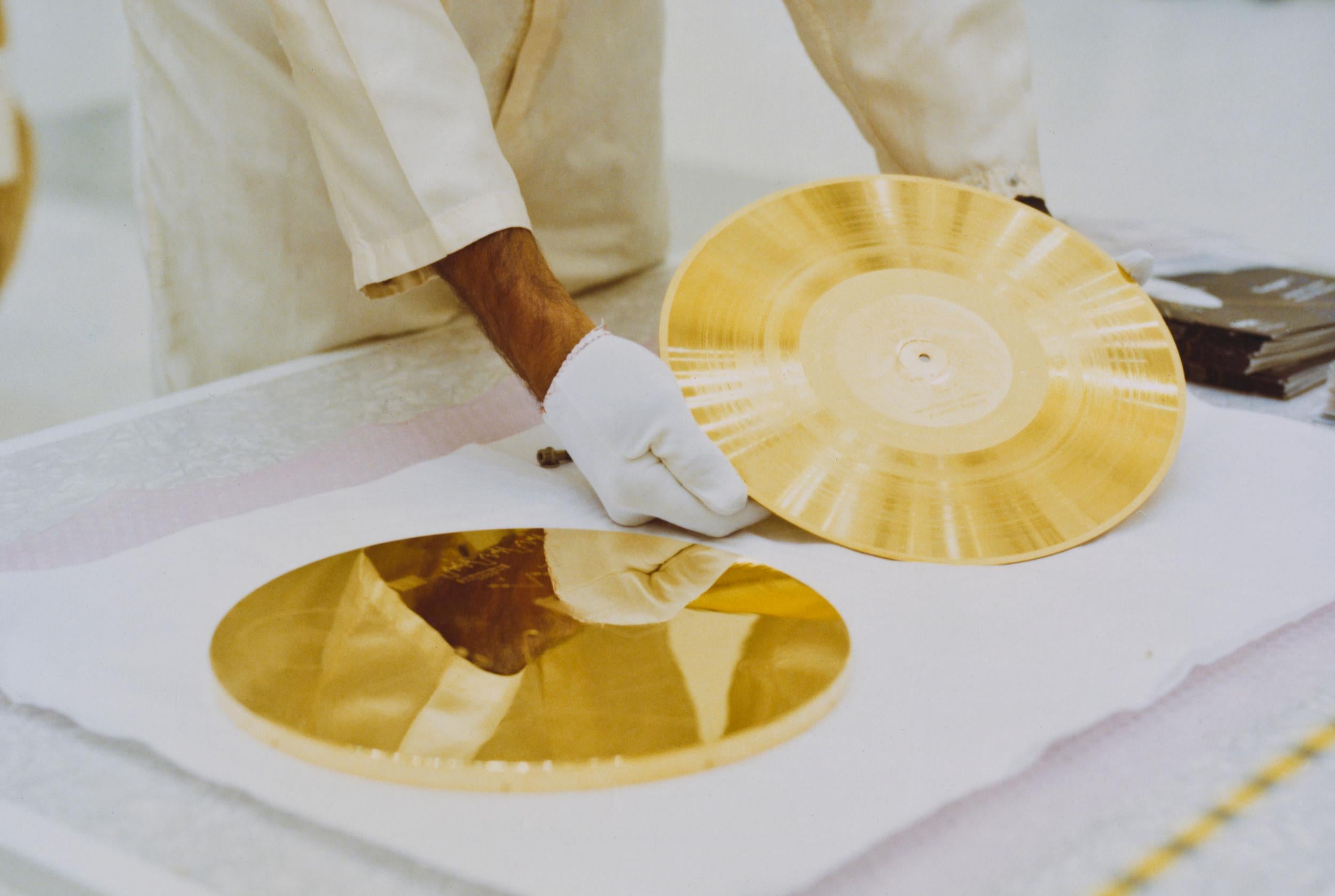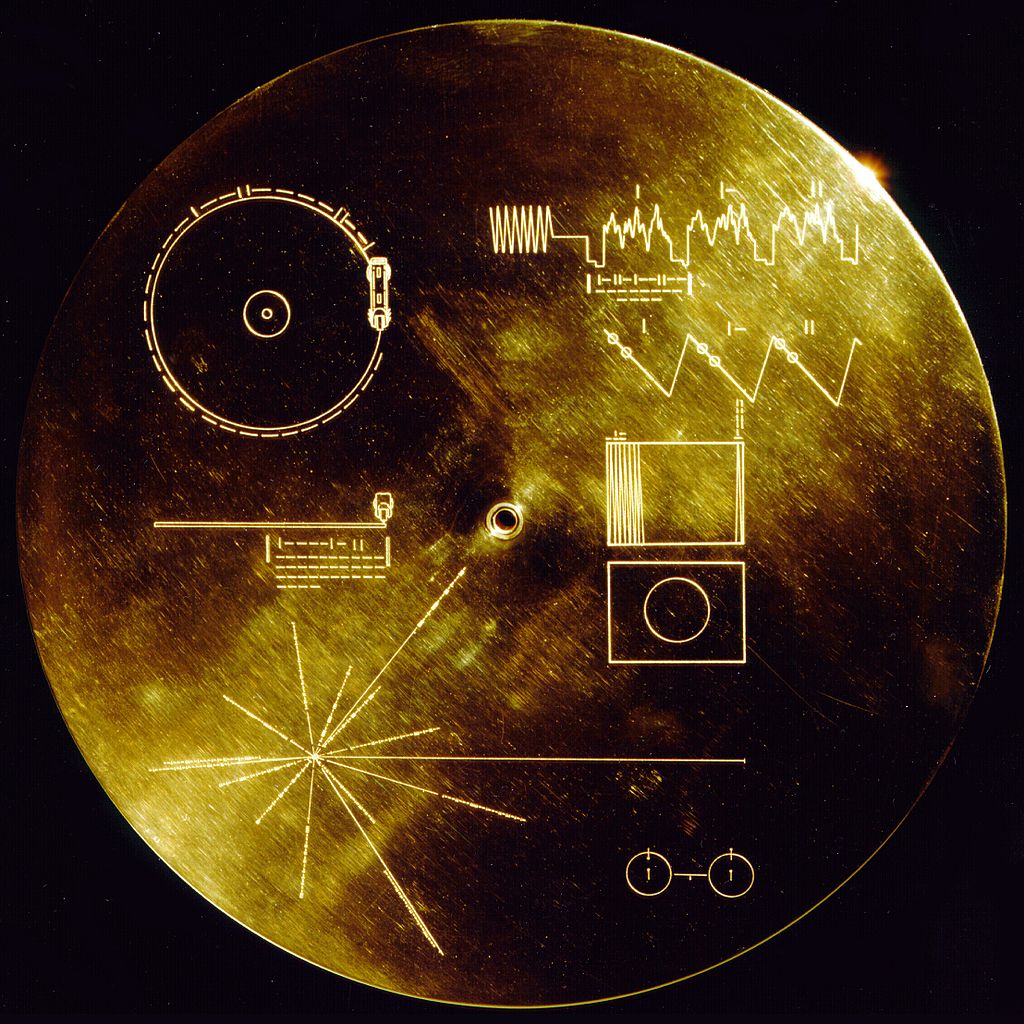These are the images on the Voyager Golden Record that Nasa chose to depict Earth to aliens
The Voyager probes are carrying two records that contain images and messages of peace from Earth

Your support helps us to tell the story
From reproductive rights to climate change to Big Tech, The Independent is on the ground when the story is developing. Whether it's investigating the financials of Elon Musk's pro-Trump PAC or producing our latest documentary, 'The A Word', which shines a light on the American women fighting for reproductive rights, we know how important it is to parse out the facts from the messaging.
At such a critical moment in US history, we need reporters on the ground. Your donation allows us to keep sending journalists to speak to both sides of the story.
The Independent is trusted by Americans across the entire political spectrum. And unlike many other quality news outlets, we choose not to lock Americans out of our reporting and analysis with paywalls. We believe quality journalism should be available to everyone, paid for by those who can afford it.
Your support makes all the difference.In 1977, Nasa launched the Voyager probes into space, in an effort to learn more about the distant planets of Jupiter and Saturn.
They both completed their original missions despite carrying communications equipment that seems fairly primitive by today's standards, and Voyager 2 went above and beyond, travelling further out into the solar system to collect data on Uranus and Neptune.
Since then, the probes have passed into interstellar space, and Voyager 1 is currently the furthest away man-made object from Earth.
Knowing that the Voyager probes would continue travelling into outer space after their missions were completed, they decided to fit each with a message from humanity, just in case they were ever found by another intelligent species.
A committee to decide the message was put together by Carl Sagan, and they quickly agreed that a record containing information about humanity would be the best medium.
Both probes were also fitted with copies of a golden record, both of which contain 116 images depicting life on Earth, recordings of human speech in 50 languages and various sounds from earth, and almost 90 minutes of music from different cultures and nations.
The records are bolted to the outside of the probes, and their cases are etched with diagrams explaining how to play the records, using simple symbols and universal constants that hopefully would be comprehensible to an intelligent alien race.
The members of the committee also came up with instructions based on simple drawings based in mathematics and science, which they believed would be decodable by aliens..

Some of the images are strictly practical, showing the records' finders how to decode things like human numbers and measurements of distance. Others show aspects of human life, depicting people eating, drinking, cooking food, smoking, dancing, and playing music.
Many also detail human anatomy and the reproductive process, giving other civilisations an insight into human biology.
The music contained on the record also attempts to show as wide a range of human artistic expression as possible in the limited space. As well as Beethoven's Symphony No. 2 and Chuck Berry's 'Johnny B Goode', there are also recordings of Peruvian panpipes, a tribal initation song from Zaire, and traditional Georgian choral music.
Sagan also personally decided to put Blind Willie Johnson's 'Dark Was the Night, Cold Was the Ground' on the record, a song which he said was "expressive of a kind of cosmic loneliness."
The probe also contains a printed message from then-President Jimmy Carter, in which he writes to the civilisation that finds the probe: "This is a present from a small distant world, a token of our sounds, our science, our images, our music, our thoughts and our feelings."
"We are attempting to survive our time so we may live into yours."
The world was still very much in the midst of the Cold War when the record was designed, which is possibly why its message of peace has continued to inspire people to the present day.
Voyager 1 is currently 12.4 billion miles away from Earth, and its electrical instruments are expected to last until 2025, when its internal generators will cease to supply enough power.
It will continue to drift in no particular direction, but it will pass within 1.6 light years of the star Gliese 445 in around 40,000 years (unless it's been picked up by then).
Subscribe to Independent Premium to bookmark this article
Want to bookmark your favourite articles and stories to read or reference later? Start your Independent Premium subscription today.
Join our commenting forum
Join thought-provoking conversations, follow other Independent readers and see their replies
Comments